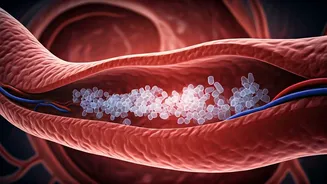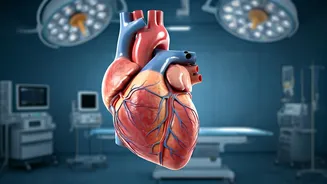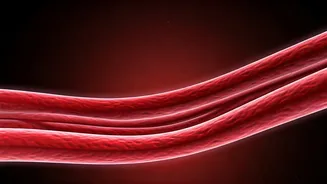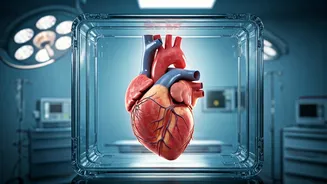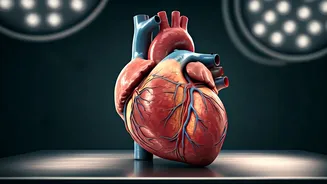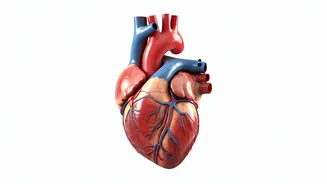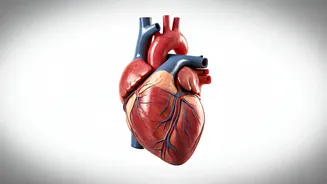The Silent Threat
The presence of plastic particles in arteries is emerging as a critical concern in cardiovascular health. These particles, often microscopic, may contribute
to the buildup of plaque and inflammation within the arterial walls. This process can significantly increase the risk of heart attacks and strokes. The issue is considered a 'silent killer' because it may not manifest obvious symptoms until a serious cardiac event occurs. Understanding the potential impact of these particles is essential for taking preventative measures, including lifestyle adjustments and medical check-ups. The situation demands immediate attention.
How It Works
The exact mechanisms by which these plastic particles harm the cardiovascular system are still under investigation, yet several theories exist. Scientists believe that these particles can trigger inflammatory responses in the arterial walls, creating the environment for plaque development. This accumulation can narrow arteries, restricting blood flow and potentially leading to blockages. Furthermore, the particles may interact directly with cells, causing further damage. The particles' small size allows them to move throughout the body, potentially reaching different organs and contributing to widespread systemic issues. Further research is necessary to fully grasp how plastic particles interact with arteries.
Risk Factors Involved
Several factors contribute to the risk of plastic particles entering the bloodstream and affecting cardiovascular health. One major source is environmental pollution, including plastic waste in oceans and soil. The degradation of plastics into smaller particles leads to their widespread distribution. People who live in areas with high levels of pollution are potentially at greater risk, as are those exposed to contaminated food or water. Lifestyle choices can also affect the risk. Diet, smoking habits, and lack of exercise may worsen any damage. These risk factors do not act independently but can work synergistically to enhance the overall risk.
Preventive Measures
Adopting preventive measures is vital to reducing the risk of cardiovascular diseases associated with plastic particles. Lifestyle adjustments form a crucial part of this. Eating a balanced diet rich in fruits, vegetables, and lean proteins helps reduce inflammation and supports overall health. Reducing exposure to pollution is also helpful. Being informed about sources of pollution in your local area and supporting sustainable practices can make a difference. Regular exercise improves cardiovascular function and helps manage other risk factors. Regular medical check-ups that include monitoring cholesterol levels, blood pressure, and overall heart health, are essential.
Early Detection and Treatment
Early detection and intervention are key in managing cardiovascular health, especially given the new risks posed by plastic particles. Doctors use various methods to identify and assess heart health. Standard tests, such as blood tests and electrocardiograms (ECGs), can help determine heart function and look for signs of damage. Further tests, like imaging techniques (CT scans, MRIs), provide detailed visuals of the arteries. The type of treatment will depend on the extent of the condition. Lifestyle changes, medications, and, in severe cases, surgical interventions may be necessary. By combining regular check-ups with proactive lifestyle adjustments, people can reduce the risks and improve overall health.
Future Research
The impact of plastic particles on cardiovascular health is an evolving field, with scientists continuously conducting more research. This includes developing advanced detection methods to measure the presence of these particles in blood. Furthermore, researchers are investigating how these particles interact with arterial cells and the underlying mechanisms involved in plaque formation. Another focus is identifying the most effective treatments for minimizing the damage and mitigating the risk. As new findings emerge, understanding the long-term effects of plastic particles will allow for better treatment, leading to enhanced strategies for heart health.
